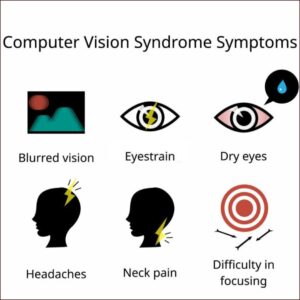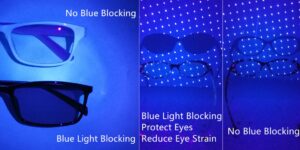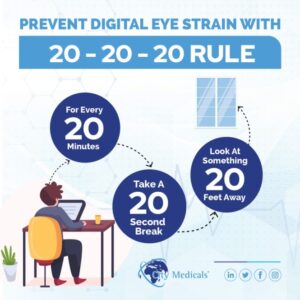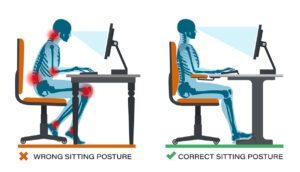Op-Ed
Is Your Screen Time Hurting Your Eyes? Computer Vision Syndrome, also known as digital eye strain, refers to a collection of eye and vision related problems that result from prolonged computer, tablet e-reader and cell phone use
Computer and other digital related gadgets are used in all spheres of life both for work , education , entertainment and leisure.
Those at higher risk include professionals such as bankers, accountants, auditors, IT specialists, journalists, graphic designers, photographers, DJs, lecturers, medical students, and many others who spend long hours in front of screens.
How common is computer vision syndrome?
While no national statistics exist in Uganda due to limited research, studies in neighboring countries suggest high prevalence. For example, research in Ethiopia found a 68.8% prevalence of CVS among digital screen users. This indicates the likelihood of similar findings in Uganda.
“Your eyes were made to see the world, not just the screen. Give them a break before they break down.”
In the United States, the average American spends about 7 hours daily on computers or working from home. Many people experience discomfort and vision-related symptoms after prolonged screen use.
How does computer vision syndrome occur?
Prolonged use and exposure to computer gadgets i.e. phones, tablets, and laptops affect your eyes in different ways. These include:
• Reduced blinking rate. During computer use, individuals blink less (normal blink rate 15 to 20 times per minutes) but is lessened when one is focused digital screen, normally when we blink we spread tears on the surface of ours eyes . But when one is focused on digital screen they blink less below normal range, this leaves surfaces of their eyes (conjunctiva and cornea) dry.
• Constant focusing makes eye muscles like any muscle in the body they get tired. This can lead to blurry vision, heaviness, eye strain and headache
• Glare and brightness. Screens emit blue light rays( just like a very bright car headlight shining into your eyes at night) which contributes to worsening eye strain, interferes with your sleep especially used in late hours of the night
• Poor posture. most individual tend to bend over or adopt bad postures while using digital screens, this doesn’t only affect their eyes but also causes neck pain, shoulder pain, which all add to discomfort .
Signs and symptoms of computer vision syndrome
Eye strain, headaches, blurred vision, dry eyes, foreign body sensation, neck and shoulder pains. These are worsened by poor lighting (moderate lighting in a room rather than darkness is recommended), improper viewing distances, poor sitting posture, and uncorrected refractive errors eg myopia (near sightedness, hyperopia far sightedness, astigmatism, and presbyopia.
How do we make a diagnosis?
It entirely depends clinical history of the patient. Most patients will obviously report symptoms worsening with computer screen use. But also we have to rule out other eye diseases e.g. check for visual acuity (distance and near vision using snellen and near vision chart, screen for refractive errors amongst other diseases
The 20-20-20 Rule: Every 20 minutes on a screen, take a 20-second break and look 20 feet away.
Treatment
Patients experiencing these problems are advised about;
1.Using blue blocking glasses (internet image)

2.Follow the rule of 20-20-20( for every 20 minutes of viewing on a computer screen , take a break of 20 seconds looking 20 feet away)

3.Use of lubricating eye drops

4.Best Sitting posture while using computer dadgets ( internet image)
“Your eyes were made to see the world, not just the screen, give them a break before they break down.”
By Dr. Mercy Kalenzi,
Ophthalmologist at KIU Teaching Hospital, Ishaka-Bushenyi.








































